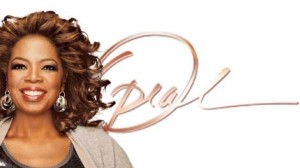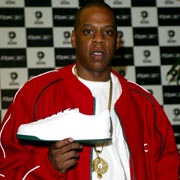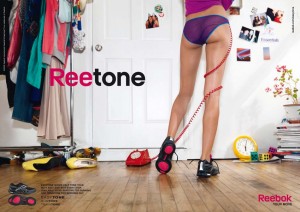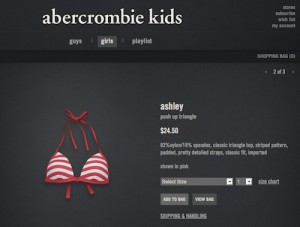Choose a job you love, and you will never have to work a day in your life.
This statement holds true to many passionate employees, but how is this achieved?
Connie Zhou’s blog helped me investigate the concept of corporate culture among various companies, which then lead me to analyze WestJet. (side note: President & CEO Gregg Saretsky is a Sauder Graduate. That’s right.) Firstly, I found WestJet to embody the ebullient company culture similar to that of Zappos. WestJet staff are not only owners, but they are passionate about what they do whilst maintaining personal accountability.
In an interview linked bellow, it is clear that the state of employees has an inevitable impact on the destiny of the company. Essentially, the rule goes that if employees are happy, customers will be happy too. But why? It’s simple: If the same morals and values of a company are shared between its workers and directors, a positive (sometimes laid-back) atmosphere is created. Workers will want to work, projects will seem less daunting, customers will return, and in the end happiness is recycled within the company.
Overall, I could not explain better how WestJet maintains a positive corporate culture than this statement by employees: “We succeed because I care.”




















